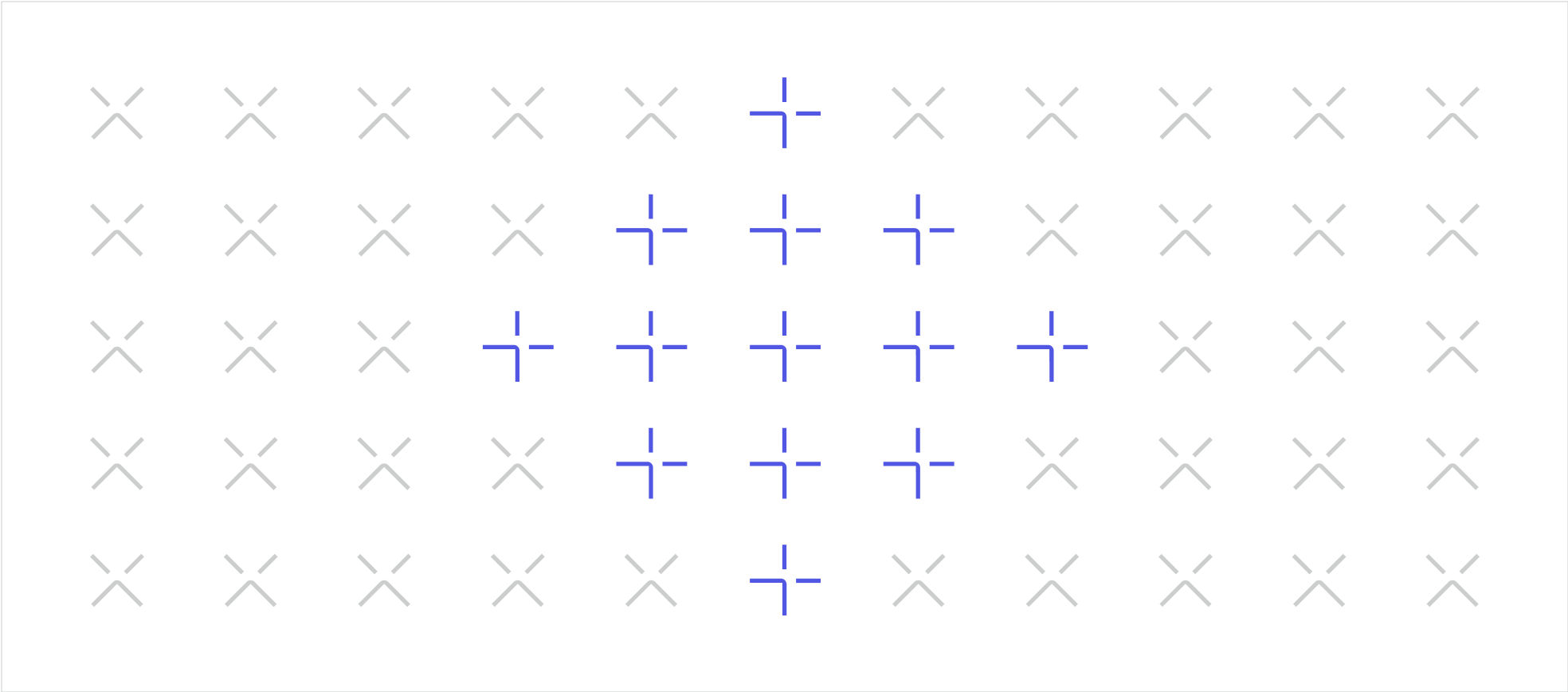Our Services/
Cyber Defence
Building a strong cyber defence capability is key to maturing an organization’s ability to detect, respond and recover from a cyber security attack. Mapping out how threats may manifest and building robust and tested capabilities to defend against these threats is integral to a well functioning cyber defence capability.
Read More
-
Protect, Detect and Respond
Aligned to the organisation operations risk appetite the role of Cyber Defence is protect what is important. Developing and operating strong protect, detect and respond capabilities helps to achieve this important cyber security and resilience goal.
As threat actors Tactics, Techniques and Procedures (TTPs) change so too will your cyber defences.
Evolve and Adapt
Cyber defences require constant testing and review based on changes to threat actors TTPs. Understanding what and how to test in order to evaluate defensive capabilities is crucial to keeping your defences fit and healthy.
Cyber Cert Labs
struct group_info init_groups = { .usage = ATOMIC_INIT(2) }; struct group_info *groups_alloc(int gidsetsize){ struct group_info *group_info; int nblocks; int i; nblocks = (gidsetsize + NGROUPS_PER_BLOCK – 1) / NGROUPS_PER_BLOCK; /* Make sure we always allocate at least one indirect block pointer */ nblocks = nblocks ? : 1; group_info = kmalloc(sizeof(*group_info) + nblocks*sizeof(gid_t *), GFP_USER); if (!group_info) return NULL; group_info->ngroups = gidsetsize; group_info->nblocks = nblocks; atomic_set(&group_info->usage, 1); i| struct group_info init_groups = { .usage = ATOMIC_INIT(2) }; struct group_info *groups_alloc(int gidsetsize){ struct group_info *group_info; int nblocks; int i; nblocks = (gidsetsize + NGROUPS_PER_BLOCK – 1) / NGROUPS_PER_BLOCK; /* Make sure we always allocate at least one indirect block pointer */ nblocks = nblocks ? : 1; group_info = kmalloc(sizeof(*group_info) + nblocks*sizeof(gid_t *), GFP_USER); if (!group_info) return NULL; group_info->ngroups = gidsetsize; group_info->nblocks = nblocks; atomic_set(&group_info->usage, 1); i|
struct group_info init_groups = { .usage = ATOMIC_INIT(2) }; struct group_info *groups_alloc(int gidsetsize){ struct group_info *group_info; int nblocks; int i; nblocks = (gidsetsize + NGROUPS_PER_BLOCK – 1) / NGROUPS_PER_BLOCK; /* Make sure we always allocate at least one indirect block pointer */ nblocks = nblocks ? : 1; group_info = kmalloc(sizeof(*group_info) + nblocks*sizeof(gid_t *), GFP_USER); if (!group_info) return NULL; group_info->ngroups = gidsetsize; group_info->nblocks = nblocks; atomic_set(&group_info->usage, 1); i| struct group_info init_groups = { .usage = ATOMIC_INIT(2) }; struct group_info *groups_alloc(int gidsetsize){ struct group_info *group_info; int nblocks; int i; nblocks = (gidsetsize + NGROUPS_PER_BLOCK – 1) / NGROUPS_PER_BLOCK; /* Make sure we always allocate at least one indirect block pointer */ nblocks = nblocks ? : 1; group_info = kmalloc(sizeof(*group_info) + nblocks*sizeof(gid_t *), GFP_USER); if (!group_info) return NULL; group_info->ngroups = gidsetsize; group_info->nblocks = nblocks; atomic_set(&group_info->usage, 1); i|
struct group_info init_groups = { .usage = ATOMIC_INIT(2) }; struct group_info *groups_alloc(int gidsetsize){ struct group_info *group_info; int nblocks; int i; nblocks = (gidsetsize + NGROUPS_PER_BLOCK – 1) / NGROUPS_PER_BLOCK; /* Make sure we always allocate at least one indirect block pointer */ nblocks = nblocks ? : 1; group_info = kmalloc(sizeof(*group_info) + nblocks*sizeof(gid_t *), GFP_USER); if (!group_info) return NULL; group_info->ngroups = gidsetsize; group_info->nblocks = nblocks; atomic_set(&group_info->usage, 1); i| struct group_info init_groups = { .usage = ATOMIC_INIT(2) }; struct group_info *groups_alloc(int gidsetsize){ struct group_info *group_info; int nblocks; int i; nblocks = (gidsetsize + NGROUPS_PER_BLOCK – 1) / NGROUPS_PER_BLOCK; /* Make sure we always allocate at least one indirect block pointer */ nblocks = nblocks ? : 1; group_info = kmalloc(sizeof(*group_info) + nblocks*sizeof(gid_t *), GFP_USER); if (!group_info) return NULL; group_info->ngroups = gidsetsize; group_info->nblocks = nblocks; atomic_set(&group_info->usage, 1); i|
struct group_info init_groups = { .usage = ATOMIC_INIT(2) }; struct group_info *groups_alloc(int gidsetsize){ struct group_info *group_info; int nblocks; int i; nblocks = (gidsetsize + NGROUPS_PER_BLOCK – 1) / NGROUPS_PER_BLOCK; /* Make sure we always allocate at least one indirect block pointer */ nblocks = nblocks ? : 1; group_info = kmalloc(sizeof(*group_info) + nblocks*sizeof(gid_t *), GFP_USER); if (!group_info) return NULL; group_info->ngroups = gidsetsize; group_info->nblocks = nblocks; atomic_set(&group_info->usage, 1); i| struct group_info init_groups = { .usage = ATOMIC_INIT(2) }; struct group_info *groups_alloc(int gidsetsize){ struct group_info *group_info; int nblocks; int i; nblocks = (gidsetsize + NGROUPS_PER_BLOCK – 1) / NGROUPS_PER_BLOCK; /* Make sure we always allocate at least one indirect block pointer */ nblocks = nblocks ? : 1; group_info = kmalloc(sizeof(*group_info) + nblocks*sizeof(gid_t *), GFP_USER); if (!group_info) return NULL; group_info->ngroups = gidsetsize; group_info->nblocks = nblocks; atomic_set(&group_info->usage, 1); i|

What We Deliver
The Outcomes
Understanding the optimal configuration and operating model for your cyber defence function is a critical to the success of being able to adequately defend your environment against current and future cyber security threats. As cyber security technologies, capabilities and techniques change it is important to understand how to integrate these into your existing defensive operating model.
/
Protect
Network and end point protection capabilities have evolved beyond heuristic techniques to identify cyber threats such as malware, lateral movement and privilege escalation. Operating these types of technologies effectively including configuration, monitoring, alerting and intelligence gathering are all important outcomes in terms of your ability to protect the environment. Also, automation of routine analytical activities within defined playbooks allows defenders to spend more time on higher value activities, significantly improving the overall efficiency of the team. In more advanced cases automation of protective activities such as suspending user accounts, creating new firewall rules or activating end point protection rules allows defensive teams to respond to cyber threats in real time.
//
Detect
SIEM technologies are now leveraging machine learning capabilities to help cyber defence teams see the signals within the noise. Techniques such as user behavior analytics, advanced event correlation and security automation and automated response (SOAR) provide detective capabilities well beyond the traditional models that leverage fixed regular expressions and explicit patterns matching.
///
Respond
The types of cyber threats such as ransomware require and an ability for early detection and then a rapid response. The ability to see and respond to threats in real time through defined and repeatable playbooks embedded in the SIEM increases the effectiveness and meantime to respond for cyber defence teams.
Safeguarding What Matters Most to You
Other Services
At Cyber Cert Labs, we’re here to make cybersecurity straightforward and effective for your business. With specialised skills and a deep understanding of your unique business goals and challenges, we tailor solutions to strengthen your digital defences. Focused on key areas of cybersecurity, we act as your trusted partner, committed to safeguarding what matters most to you.

